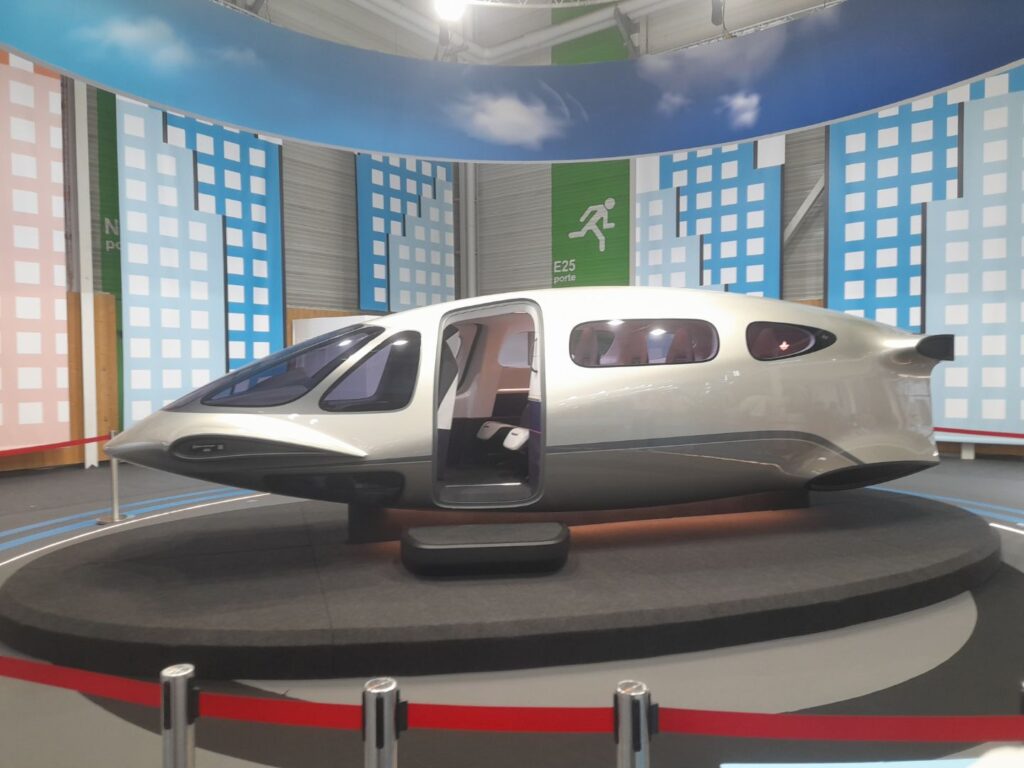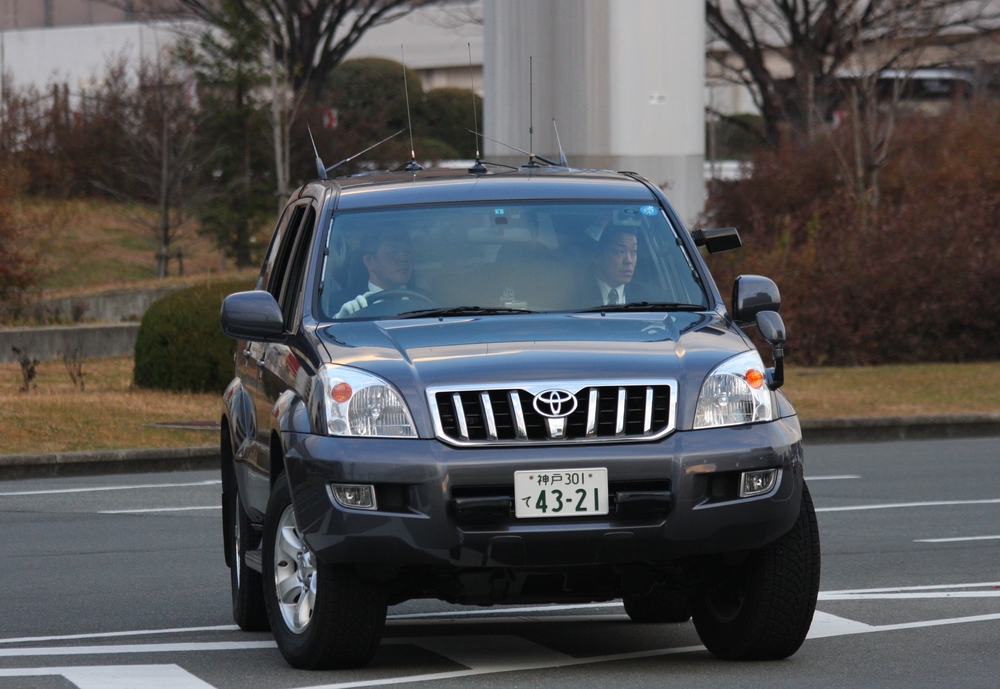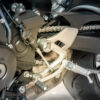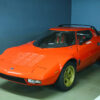Hybrid aircraft are paving the way for a more sustainable future in aviation. By combining traditional engines with electric or alternative fuel systems, these innovative designs promise to reduce emissions, cut fuel costs, and improve efficiency. From commercial jets to regional planes, hybrid technology is set to transform air travel in the coming years. Here’s a look at 8 groundbreaking hybrid aircraft concepts that are set to change the future of flight.
Contents
Airbus E-Fan X

Airbus developed the E-Fan X as a hybrid-electric aircraft to explore sustainable aviation solutions. This concept combines traditional jet engines with electric motors, aiming to reduce emissions significantly. By leveraging both propulsion systems, the aircraft minimizes fuel consumption while maintaining performance. Airbus anticipates that hybrid technology could pave the way for greener commercial flights by 2030.
Boeing Subsonic Ultra Green Aircraft Research (SUGAR Volt)

The SUGAR Volt, part of Boeing’s green aviation initiative, proposes a hybrid propulsion system for greater fuel efficiency. Capable of switching between gas and electric power, this aircraft concept could reduce fuel burn by up to 70%. Its high-aspect-ratio wings further enhance aerodynamic performance. With this design, Boeing aims to balance environmental sustainability with operational cost savings.
Rolls-Royce Spirit of Innovation

While Rolls-Royce’s Spirit of Innovation is primarily an electric aircraft, its advancements in battery technology have implications for hybrid aviation. The project pushes the boundaries of electric propulsion, which could eventually be integrated into hybrid systems. By refining energy storage and propulsion methods, Rolls-Royce is laying the groundwork for future hybrid aircraft. Their work signals a major step forward in reducing aviation’s carbon footprint.
VoltAero Cassio

VoltAero’s Cassio represents a new era of hybrid-electric aircraft, offering reduced noise and emissions for regional travel. This aircraft pairs electric motors with an internal combustion engine, providing extended range and increased operational flexibility. The Cassio is versatile, with the capacity to carry up to 10 passengers over 800 miles. Its quiet electric takeoffs make it especially appealing for noise-sensitive areas near airports.
NASA X-57 Maxwell

NASA’s X-57 Maxwell is pioneering the future of electric propulsion, with research that could shape hybrid aircraft. Although fully electric, the distributed propulsion system NASA is testing may be adapted to hybrid designs. By reducing energy consumption and improving aerodynamic efficiency, NASA’s findings could influence hybrid-electric concepts for commercial aviation. The X-57 project provides a crucial stepping stone toward greener skies.
Lilium Jet

Though initially designed as an all-electric vertical takeoff and landing (eVTOL) aircraft, the Lilium Jet has the potential for hybrid evolution. By adding a hybrid propulsion system, the aircraft could extend its range and payload capacity for longer routes. Its unique distributed propulsion design makes it particularly suitable for urban air mobility, but hybrid technology could take it to the next level. Lilium’s innovative design is already catching the attention of the aviation industry.
Airbus ZEROe

Airbus ZEROe is pushing the boundaries of aviation by combining hydrogen fuel cells with electric propulsion in its hybrid design. Airbus plans to have the first ZEROe aircraft operational by 2035, aiming for zero emissions during flight. This concept integrates hydrogen as a cleaner fuel source, offering longer range compared to battery-electric aircraft. Airbus is betting that hybrid hydrogen-electric systems will define the future of sustainable aviation.
Eviation Alice

Eviation’s Alice, while currently all-electric, could benefit from hybrid technology to extend its operational range. This regional aircraft seats nine passengers and is designed for short-haul flights. Hybridizing Alice would enhance its versatility, making it suitable for longer distances while maintaining its eco-friendly design. Alice’s sleek aesthetics and forward-thinking technology are already turning heads in the aviation world.
This article originally appeared in MyCarMakesNoise.
More from MyCarMakesNoise
18 Red Flags to Watch for Before Buying a Used Car

Buying a used car can be a great way to save money, but it also comes with its risks. To help you avoid making a costly mistake, we’ve compiled a list of 18 must-know red flags to watch out for. Read More.
20 Cars That Will Turn You into a Drifting Pro

Drifting is an art form that requires skill, precision, and the right car. Whether you’re a seasoned drifter or just starting out, having the right vehicle can make all the difference. Read More.
10 Sneaky Clues to Help You Spot Unmarked Police Cars

When you’re driving, it’s important to stay aware of your surroundings, especially when it comes to unmarked police cars. These vehicles are designed to blend in, but they often have subtle clues that give them away. Read More.













